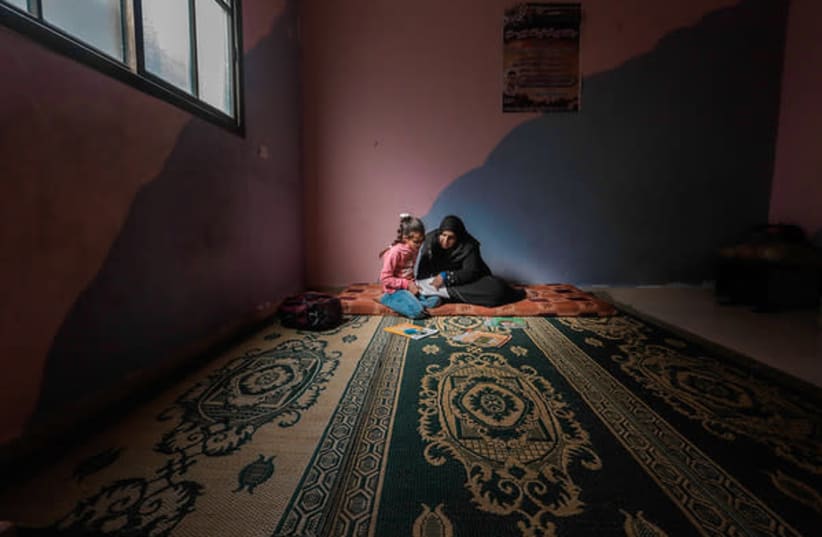A study released this week by the Norwegian Refugee Council (NRC) found that 68% of Gaza school children living in areas close to the perimeter fence with Gaza have clear indications of psycho-social distress.
The report, published one year since the start of the “March of Return” mass protests along the fence, said that the distress is a result of such protests, as well as the daily violence and attacks that the children witness. The majority said they were most severely affected by the sounds of nearby explosions and media images of conflict in Gaza, according to the report.
“The violence children witness daily, including the loss of loved ones... has left an entire generation emotionally damaged,” said NRC’s Palestine Country Director Kate O’Rourke. “It takes years of work with these children to undo the impact of trauma and restore their sense of hope for the future.”
Some 54% of children said they had no hope for a brighter future. The study also revealed that a staggering 81% of children struggle academically due to conflict-related stress.
NRC interviewed 300 schoolchildren, aged 10 to 16 years from 30 schools, mostly located in areas close to the Israeli perimeter fence, in October and again in December.
This report comes on the heels of a report by the UN Independent Commission of Inquiry, which claimed that Israeli forces killed 34 children in the context of the March of Return demonstrations during the nine months between last April and December.
Thirty-two died from live ammunition or bullet fragments and two died from direct hits to the head from gas canisters, according to that report.
The commission also reported that 1,642 children sustained injuries from live ammunition, bullet fragments or shrapnel, rubber-coated metal bullets and direct tear gas canister hits.
The main stressors, according to the Palestinian children: 61% said they had heard bombings or explosions, 54% said they saw bombing or injured Gazans on TV, 42% said they saw an actual bombing, 40% said they know someone who has been injured and another 40% said they know people who have lost their house.
Relatedly, a recent report published by the Israel Center for the Treatment of Psychotrauma at Jerusalem’s Herzog Memorial Hospital found that around 40% of the children in Sderot, the Israeli city closest to Gaza, suffer from symptoms of anxiety, fear and post-traumatic stress disorder.
During wartime, the level of PTSD among children across Israel hovers somewhere between 7% and 10%, the report said.
